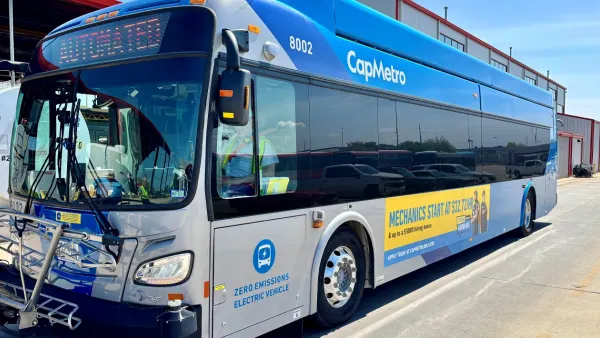Dive Brief:
- Smart Columbus, the smart city initiative from the City of Columbus, OH, released on Wednesday the Concept of Operations for its Connected Vehicle Environment (CVE) pilot.
- The Concept of Operations outlines in detail how the CVE pilot will be implemented. The pilot will involve 113 road side units (RSUs) that will be installed at intersections with stoplights; up to 1,800 on-board units (OBUs) that will be installed on participating private, emergency transit and freight vehicles; and 12 vehicle-to-vehicle or vehicle-to-infrastructure applications that will be deployed, according to the document.
- Smart Columbus has also outlined many goals of the CVE pilot in its Concept of Operations, including improvements of the following: vehicle operator safety, intersection safety, school zone safety, reliability of transit vehicle schedule adherence, emergency vehicle response times and traffic management capabilities.
Dive Insight:
Columbus has made strides in its smart city development since winning the U.S. Department of Transportation’s Smart City Challenge in 2016. From purchasing electric buses to hosting a smart city hackathon, the city has shown a true dedication and commitment to a smart future and it is apparent that it will continue to do so through the development of the CVE.
Though the newly-released Concept of Operations is quite dense at 215 pages, it's an important document to help secure buy-in and engagement from a number of stakeholders on the project, including the Connected Electric Autonomous Vehicle Technical Working Group and the Central Ohio Transit Authority (COTA). Development of a CVE is still a new concept in the U.S., therefore a detailed, high-level outline of how the system will work is crucial to ensuring smooth deployment.
The city outlined how it will deploy the CVE along seven major corridors, including 16 of the top 100 high-crash intersections in Columbus. This large sample size for the pilot will better help the city measure success in hitting the outlined safety goals, as opposed to a smaller pilot rollout.
The CVE pilot will not go live until July 2020, though much development will happen leading up to that time. The pilot calls for a System Requirements Specification, which will take place now through Dec. 2018, followed by the release of an Interface Control Document in early 2019 and the system design process in Spring/Summer 2019. The timeline is subject to change, though considering the energy behind the Smart Columbus initiative, it is likely this plan will stay on track through 2020.











